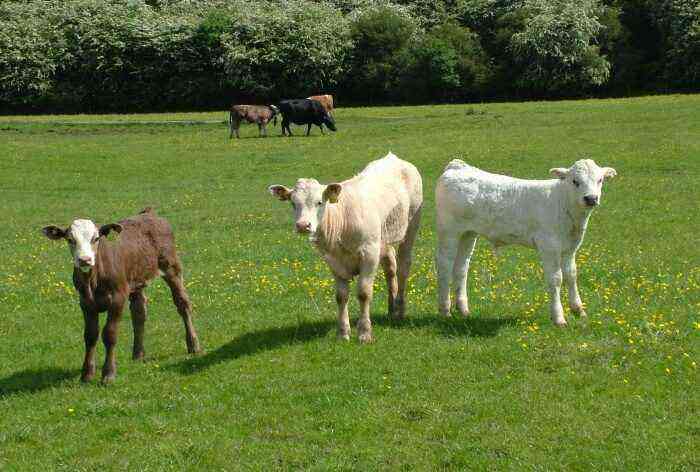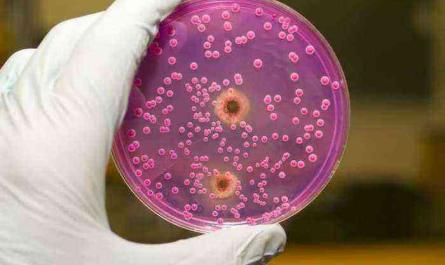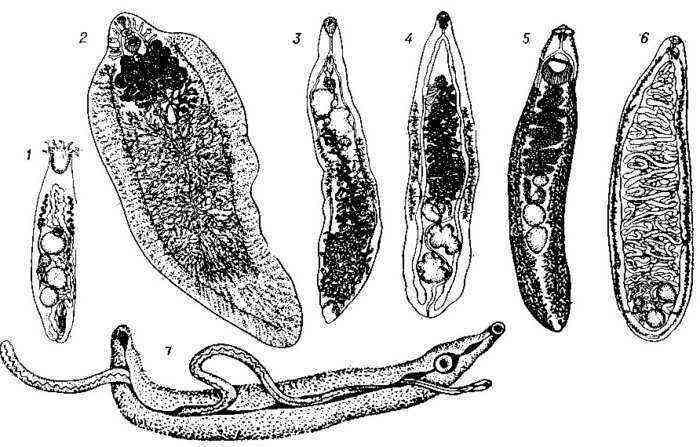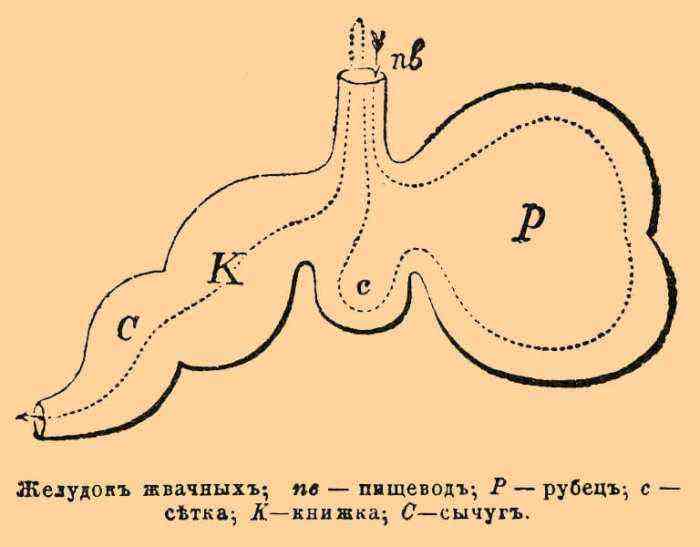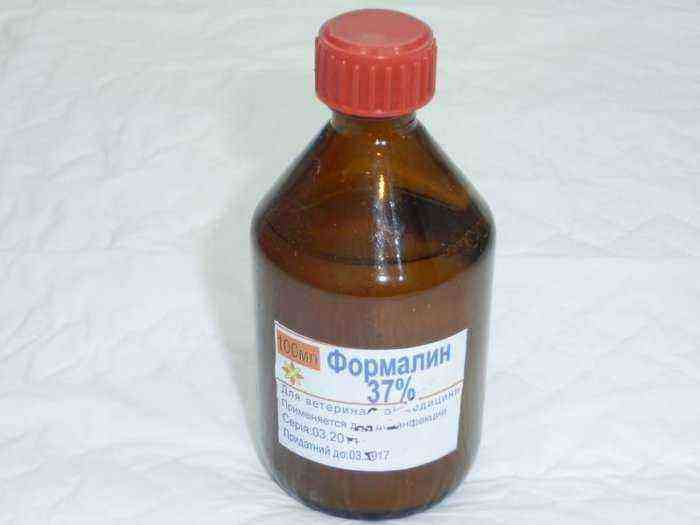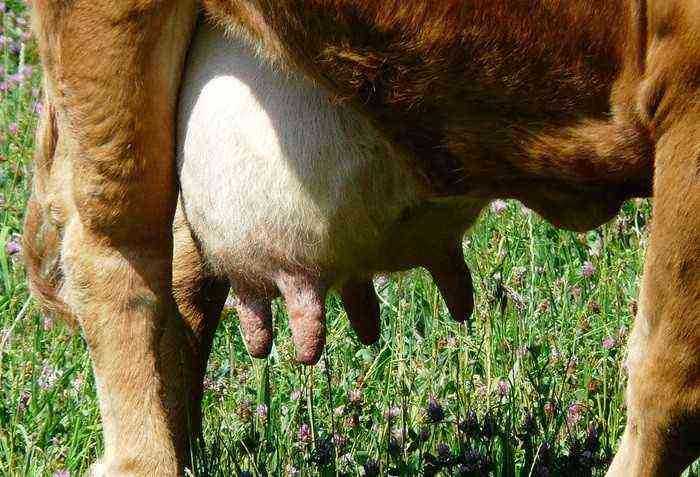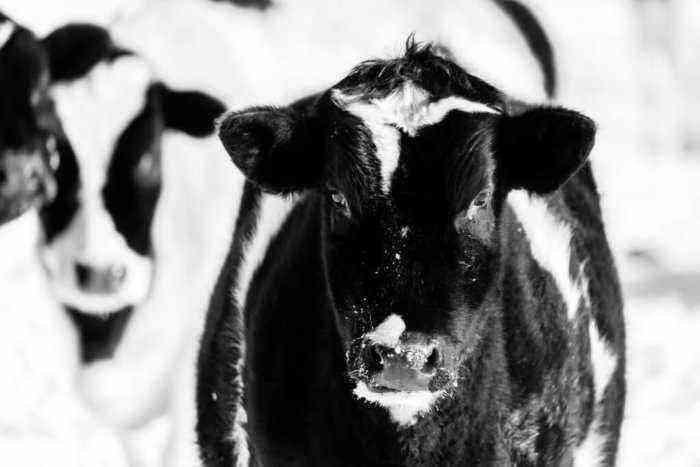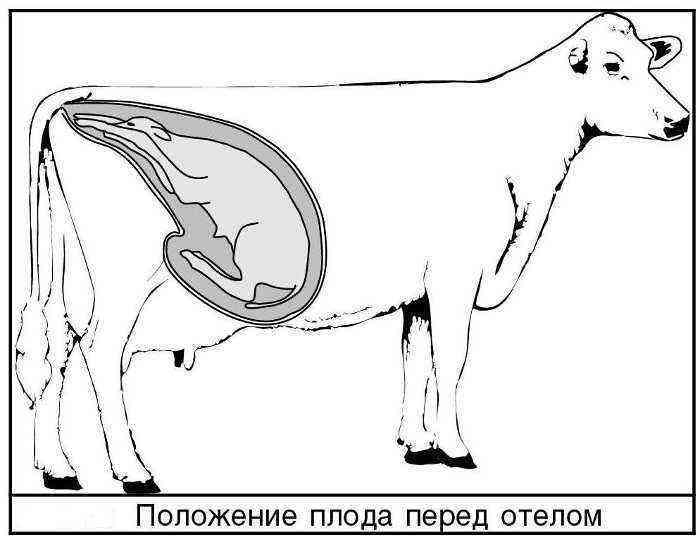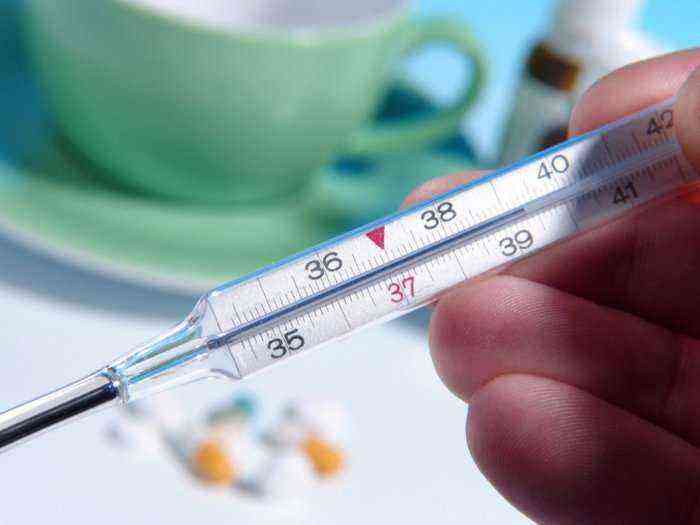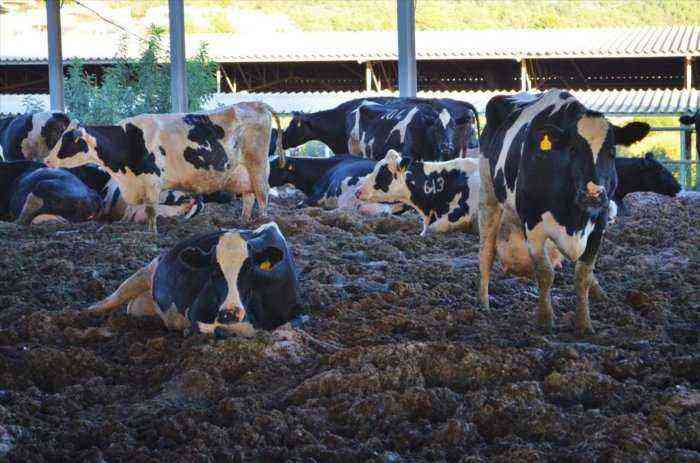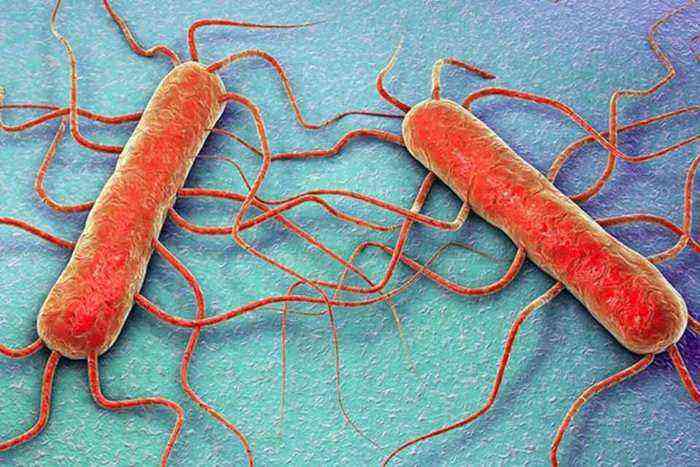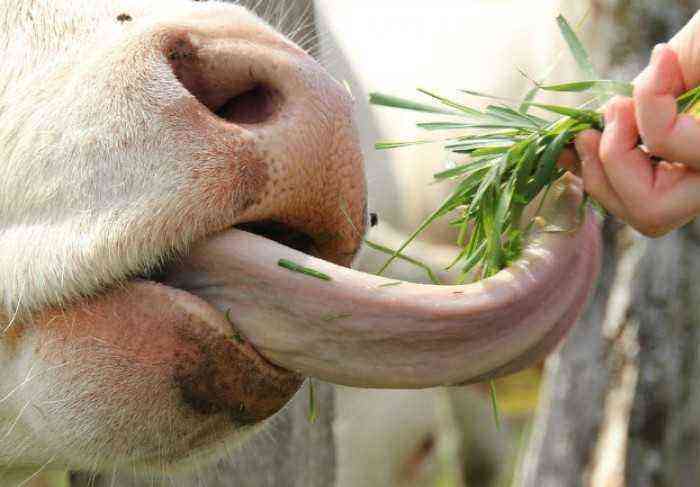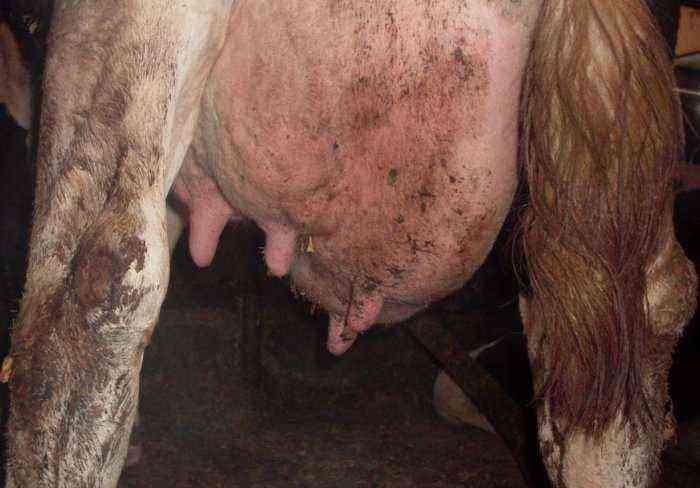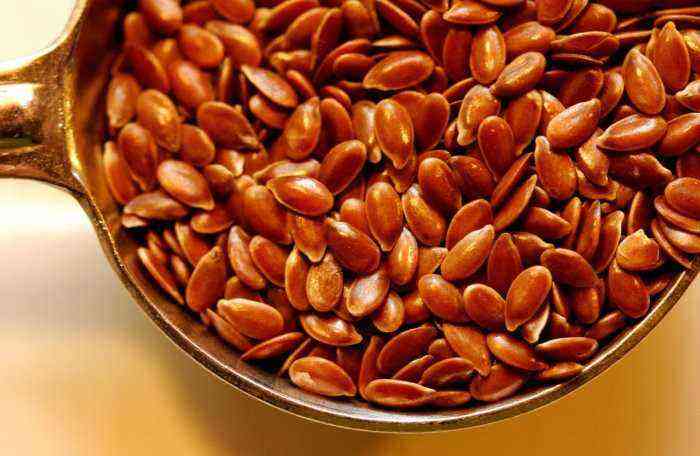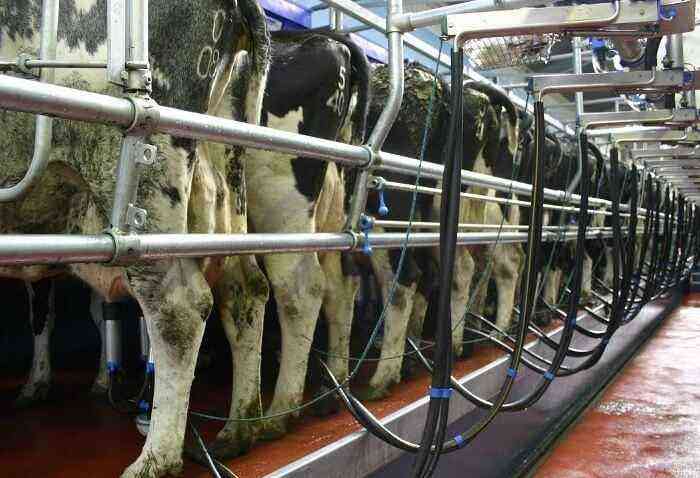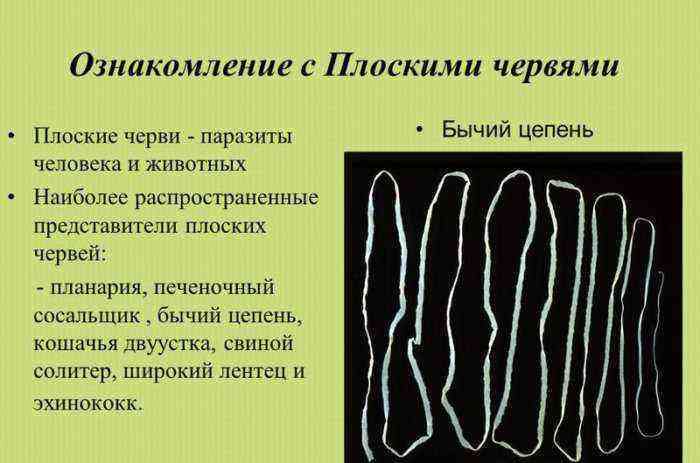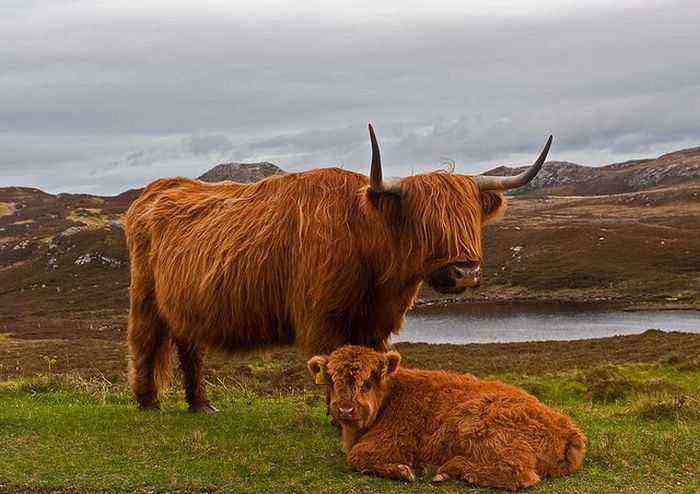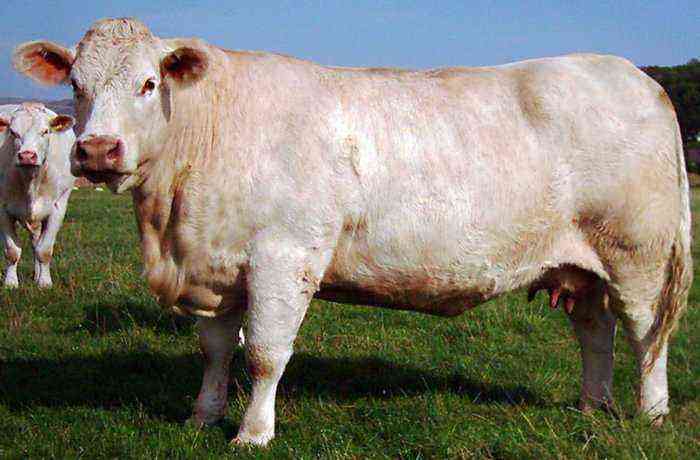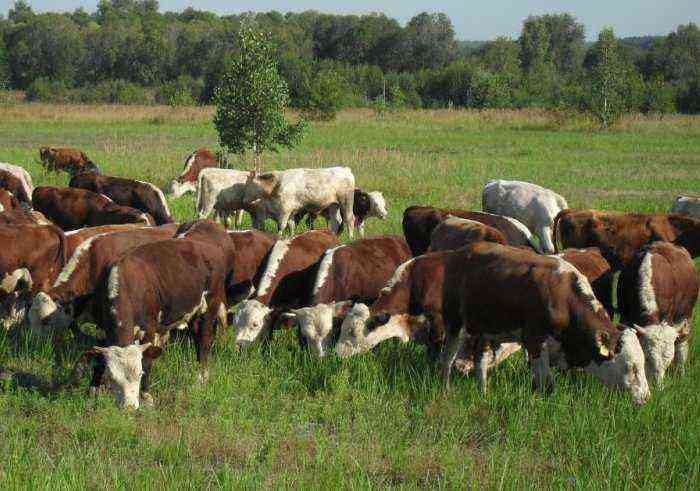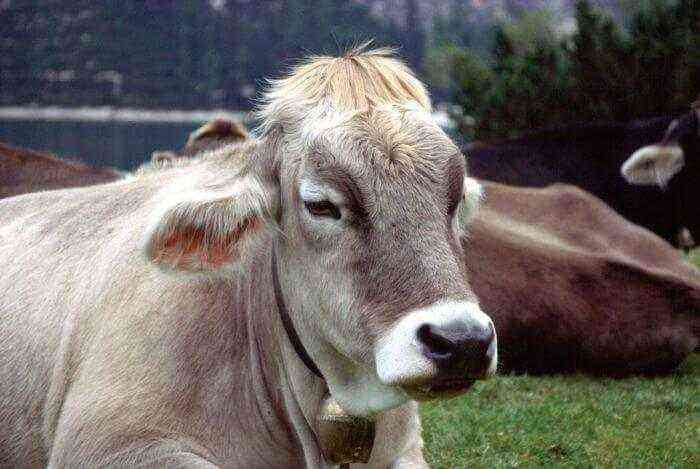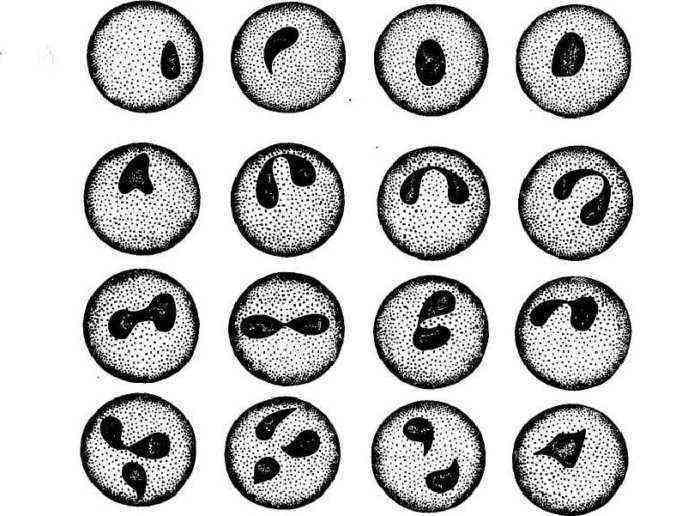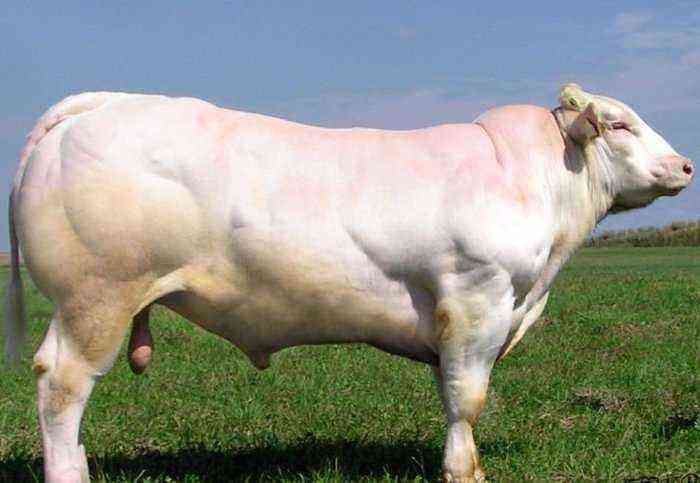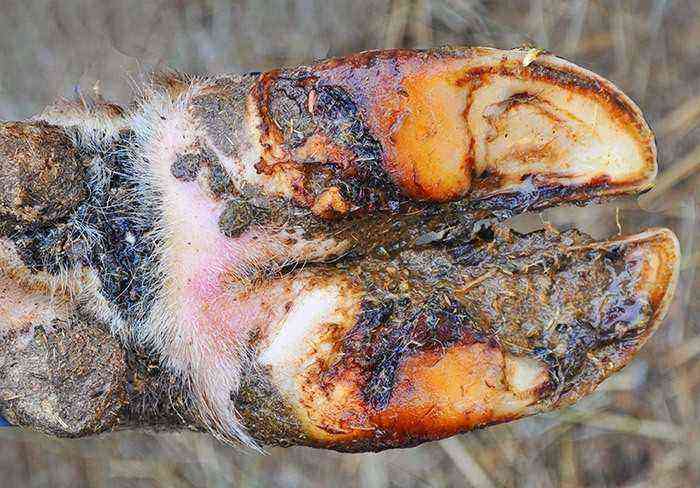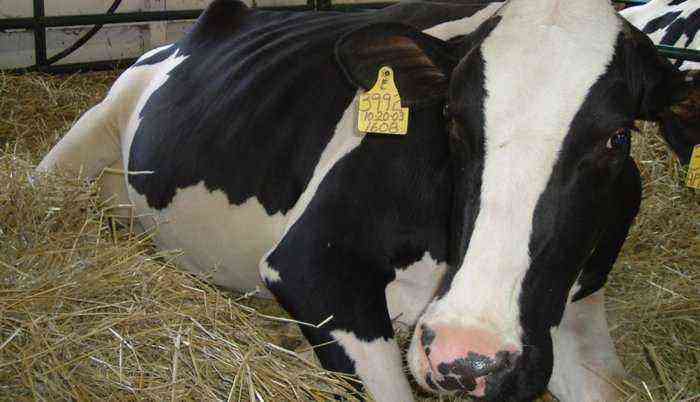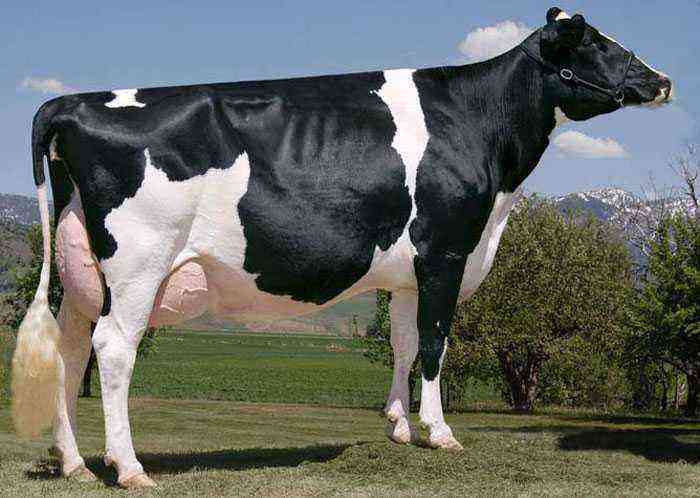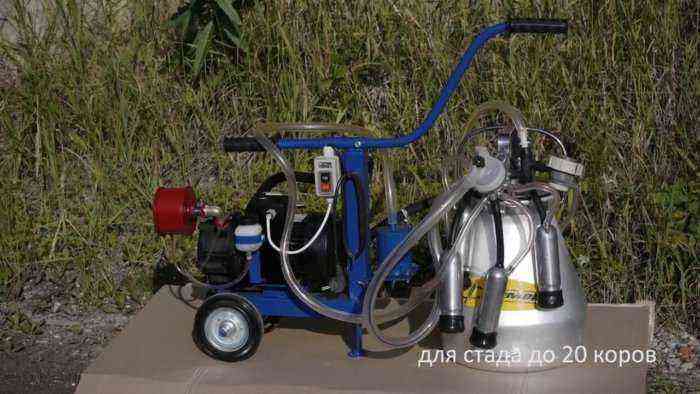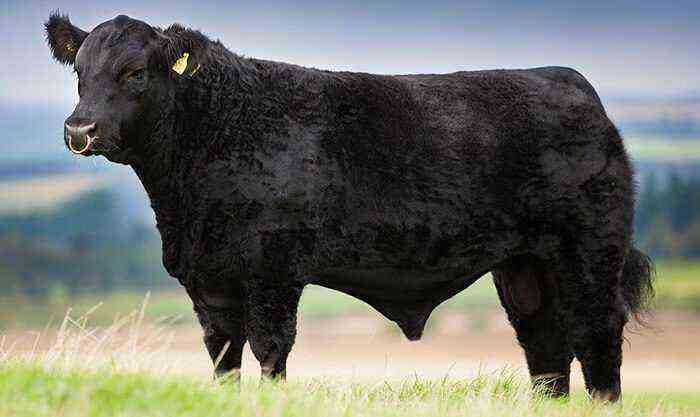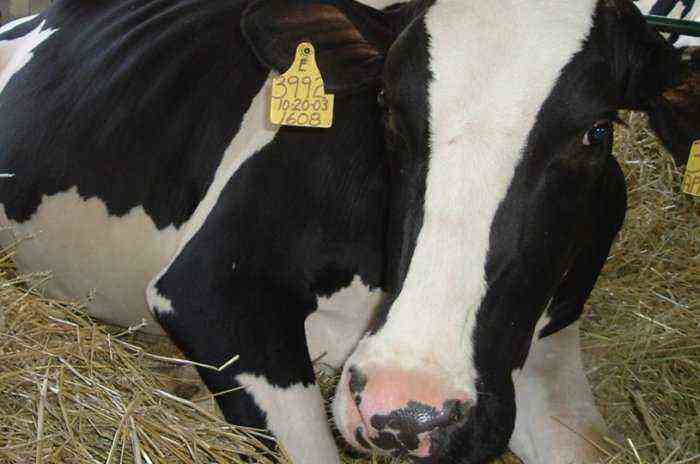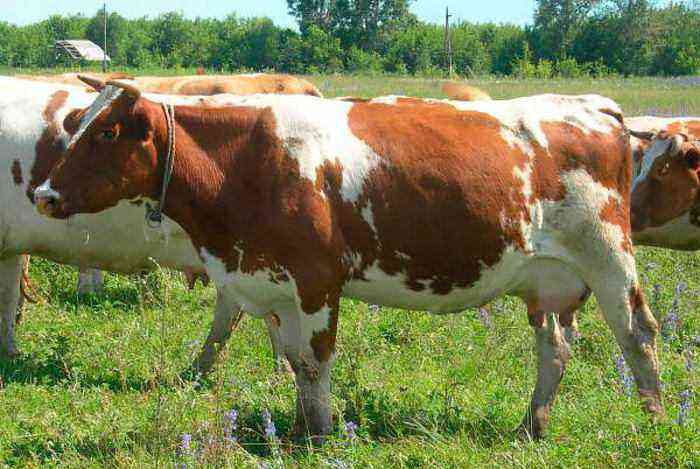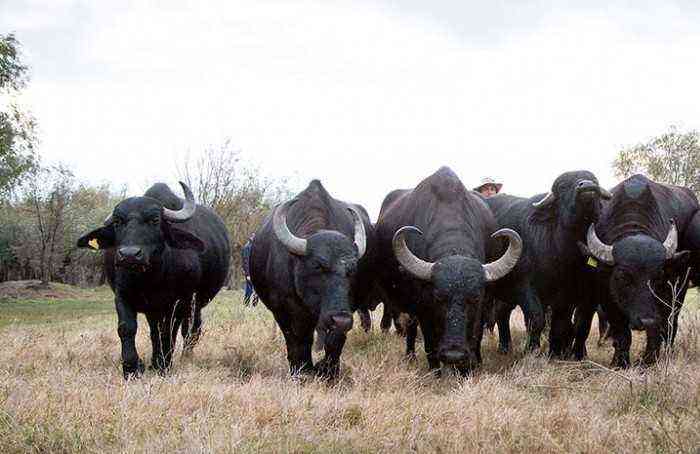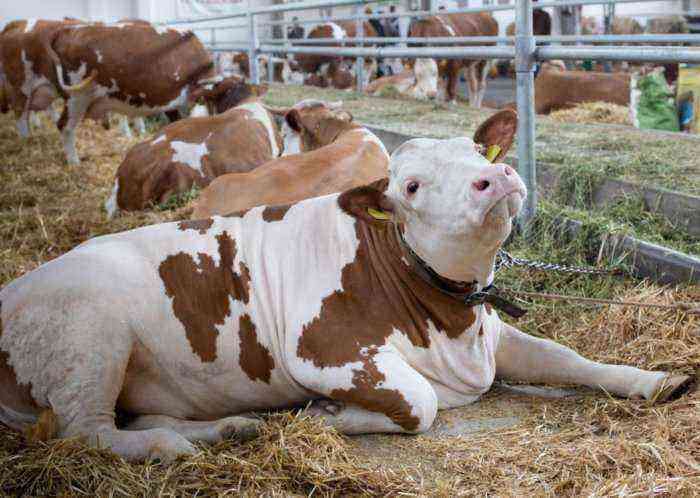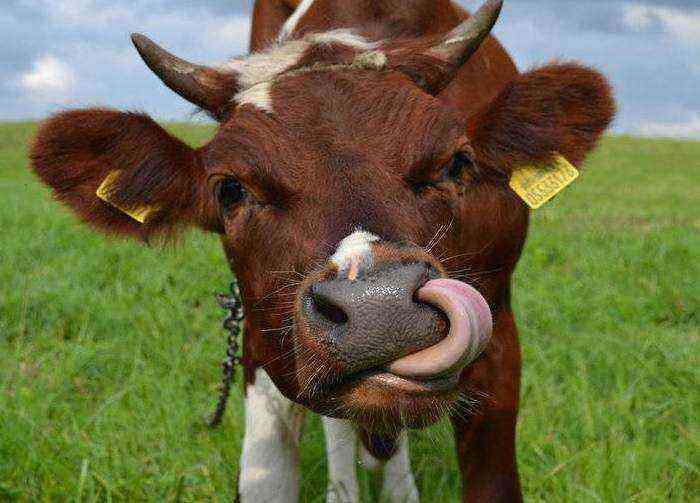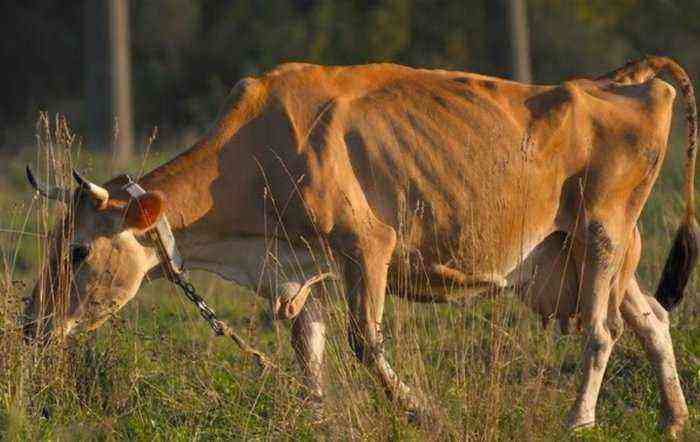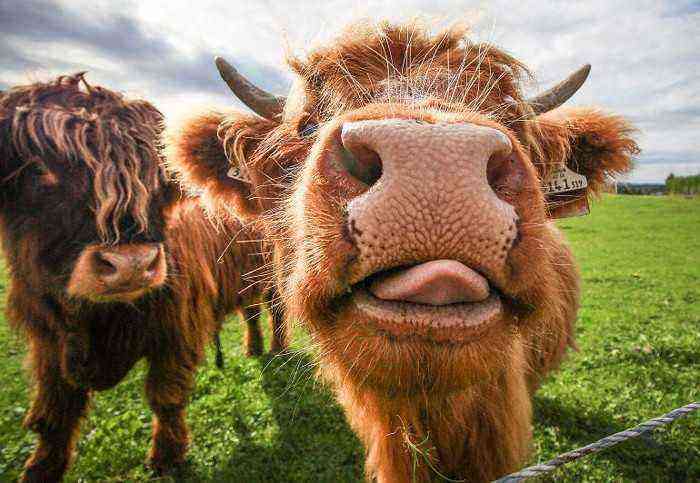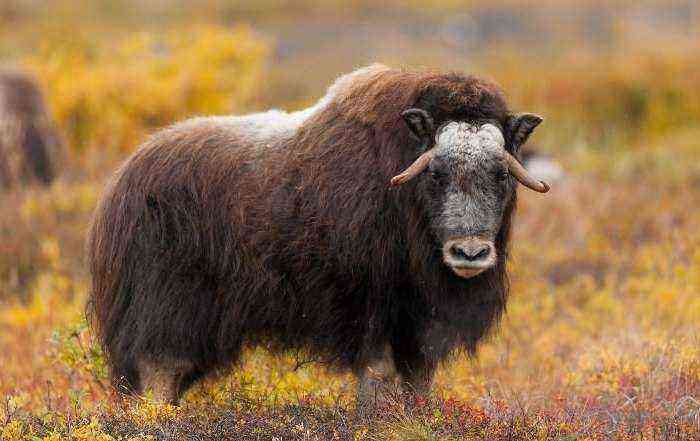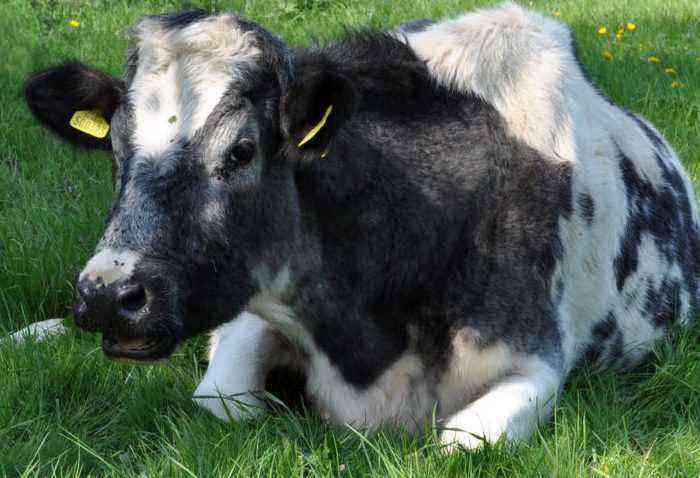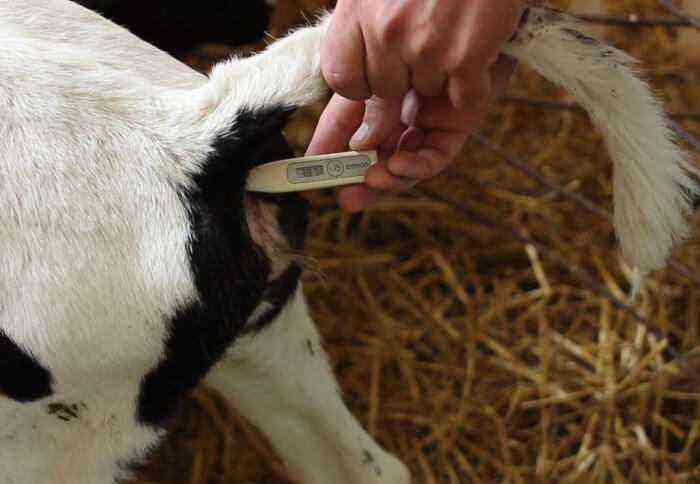For many people, business is actually the main and extremely reliable source of income. The number of business ideas is growing every day. But only a few of them are suitable for start-up entrepreneurs with relatively little capital on hand. And one of the most promising niches is the breeding of bulls for meat as a business.
Bull breeding
Drawing up a business plan
A carefully designed business plan for breeding bulls for meat is one of the main conditions for the success of this undertaking. Such a project involves a detailed development of the existing idea for breeding and elaboration of the main organizational issues.
A good business plan includes information on the following points:
- the costs required to start a business;
- the main directions of sales of products;
- possible risks in the implementation process;
- the expected benefit from the enterprise;
- profitability assessment.
Also, in a detailed business plan for breeding cattle, experienced entrepreneurs describe the degree of demand for their products, the associated costs for feed and wages, and the necessary personnel. It is also important to work out in advance the points regarding the construction and equipment of the farm, the lease of pastures for grazing livestock.
Pros of the business of growing and fattening bulls for meat
This type of entrepreneurial activity has gained high popularity due to the advantages that it implies. Among them, the main ones are:
- Relatively low startup costs. In fact, the first investments are spent only on the purchase of a certain number of cattle, as well as on the construction of cowsheds.
- Beef is highly valued in the market. Accordingly, in any region of the country there are a large number of areas for the sale of such products.
- The first profit appears six months after the purchase of the herd. Such a business fully pays for itself in two years.
- Throughout the state, a large number of unused farms have been preserved, which have remained from the time of collective farms. You can set up your business there. This approach will save resources for the construction of cowsheds.
- In addition to meat, they also sell the skin of bulls, manure for fertilizers. This direction involves additional earnings, which reduces the payback time.

manure for fertilizer
As for the disadvantages of this type of activity, the main among them is the need to spend a lot of time and effort on caring for animals.
Business Registration
Breeding bulls as a business is based on the mass sale of meat and animal skins. Accordingly, such activities require the payment of taxes on the income received. And for a business to be legal, it must be registered.
In the tax service, the breeder is registered as a private entrepreneur. This status implies a clear list of rights and obligations that must be followed.
In the process of registration, it is also necessary to clarify which of the listed forms is most suitable for the farm of the breeder. With a small livestock population, it will be easier to register the farm as a peasant farm. In this case, the entrepreneur can also count on certain subsidies from the state. After registration, choose the appropriate tax payment system.
Important! An obligatory moment when selling meat in large markets is an official conclusion from the sanitary and epidemiological station and the veterinary service on the quality of such a product. Without supporting certificates, not a single large restaurant or supermarket will buy beef.
Construction and arrangement of the farm
An important point is the farm for bulls. Its main element is the barn. In the absence of a ready-made premises, it is erected independently. Brick, cinder blocks or concrete slabs are used as the main material for construction. The roof is covered with slate, tiles or any other roofing material. The floor is made of concrete or wood. At the same time, it is located at a height of at least 30 cm above the ground surface.
An important condition is that the barn from other buildings should be located at a distance of at least 12 m. The following nuances are also observed:
- the barn must be dry and warm, which is achieved by high-quality overlapping of cracks and wall insulation;
- it is necessary to have good ventilation;
- sufficiency of lighting, which is achieved by a combination of the correct location of windows and the installation of lighting fixtures;
- the floor is made inclined, which simplifies the cleaning of the room;
- the entrance to the barn is made spacious so that the living creatures do not get hurt when they enter.
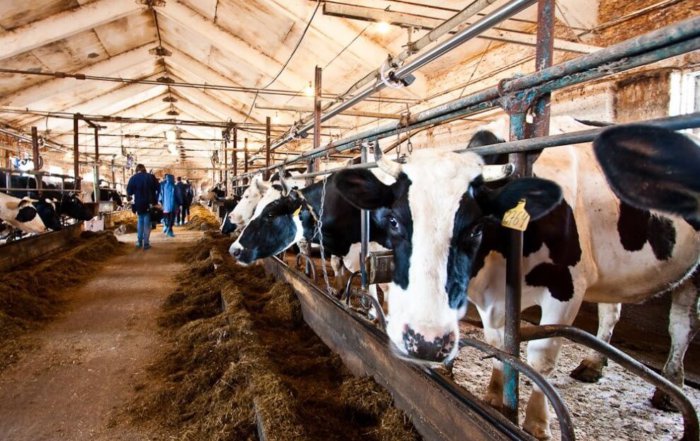
barn
To equip the premises inside, you will also need:
- iron or wooden structures for assembling stalls;
- group and individual drinkers;
- automatic feeders and feeders;
- a special machine for cleaning and trimming the hooves of animals.
Attention! The farm must be equipped with a paddock for the daily walking of bulls. It is better to organize a cowshed and walking next to a rented pasture. The list of other farm buildings is determined by its owner.
Purchase of young animals
The initial livestock of cattle is purchased after the organization of the necessary conditions for its maintenance. The purchase is carried out exclusively on specialized farms or from private breeders who are able to confirm the quality and breed of their animals with relevant documentation.
For breeding bulls for meat, the choice of breed is extremely important. Representatives of exclusively meat varieties grow faster, gain more weight, and offer better feed conversion. Accordingly, the profit from such living creatures will be higher, and the costs will pay off faster.
The most popular meat breeds of cattle include:
- Limousinskaya. The daily gain in such calves is 1300 g.
- Hereford. During the day, the weight of the animal increases by 900 g.
- Kazakh white-headed breed. Weight gain of at least 600 g per day.
- Simmental. The weight gain is about 900 g.
- Kalmyk. Young growth per day grows by 600–700 g.
Aberdeen Angus, Salers and some other breeds are also held in high esteem by experienced breeders.
There are certain rules for choosing young animals of the breed you like. When buying, attention is paid only to those calves that have already reached the age of one month and themselves feed on compound feed and concentrates. Raising younger bulls is not cost effective. Each calf is inspected upon purchase for signs of infection, malaise, and signs of skin damage. The transportation of purchased livestock is carried out with extreme care.
Maintenance and care of animals
After acquiring young cattle, he needs to provide proper care and maintenance. Calves are kept in one of two main methods:
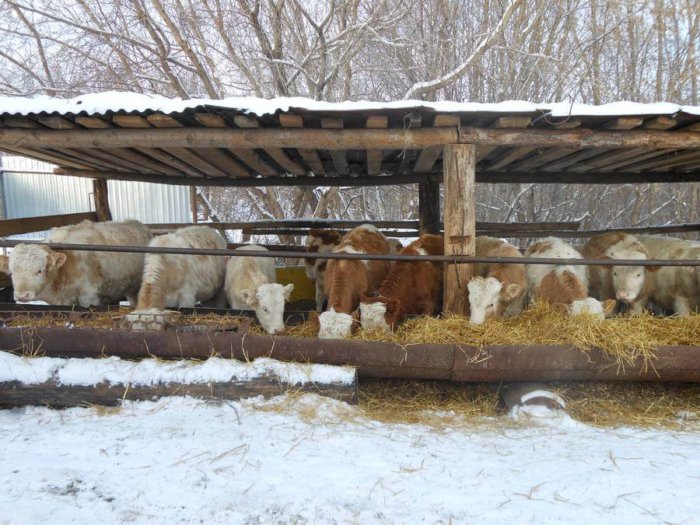
Keeping gobies
- Stable.
- Free walking.
Each of them has its own advantages and disadvantages. The main advantage of placing calves in a stall is that they gain weight much faster. But the disadvantages of this method include a decrease in the taste of meat. In addition, with a constant stay on a leash, the bulls do not waste their accumulated energy, which is why they become overly aggressive. Therefore, their breeding requires stronger stalls and chains.
In animals that roam freely in a paddock or pasture, the weight grows more slowly, since part of the energy is spent on physical activity. But the taste of meat in such calves is more pronounced. In addition, they behave calmer and are less susceptible to various diseases.
Whichever method of maintenance is chosen, there are a number of general rules of care that should be followed at all times:
- there should be no drafts in the barn;
- each stall has a thick layer of bedding or special rubber mats;
- the temperature in winter should not fall below -10 degrees, otherwise heating will be organized in the barn;
- stalls with animals are cleaned daily.
When breeding bulls for meat, they must be vaccinated. Vaccinations are carried out in accordance with a pre-planned plan. Also, the entire livestock is examined by an experienced veterinarian 1-2 times a month.
Cattle nutrition
The basis of the diet of cattle in the summer is fresh greens from pastures. In winter, bulls are fed hay. But since such food cannot fully meet the needs of a growing organism for nutrients and vitamins, the diet is supplemented with the following components:
- concentrated feed (mixed feed and grain);
- potatoes;
- carrots;
- corn silage;
- corn;
- fodder beets.
This type of fattening of bulls for meat is quite profitable, and if there is land for planting root crops and corn, it can even involve minimal costs. In any case, it is important to remember that the more varied the bull’s diet, the less likely it is to develop diseases, and the higher the average daily weight gain.
On average, in the summer, one adult animal consumes 30 kg of fresh green food mixed with 2 kg of concentrates per day. In winter, during a period of lack of vitamins, the diet is made more diverse. The daily norms at this time suggest:
- 20 kg of succulent feed, including silage and root crops;
- at least 5 kg of hay;
- 3-4 kg of straw;
- 2-3 kg of grain or combined feed.
Be sure to supplement the main menu of the animal with mineral supplements. As it is used either ordinary table salt, mixing it with other food, or special licks are installed in the stalls.
Adult bulls are fed three times a day. The first meal of the herd occurs at 5-6 o’clock in the morning. At this time, the gastrointestinal tract of the bull assimilates the maximum amount of nutrients. Further living creatures graze freely on the site. In the evening, cows are fed at a convenient time for the breeder.
It should be noted that grazing on pastures is carried out only for those animals that have reached 6-7 months. When consuming fresh greens at an earlier age, the calf develops serious digestive disorders.
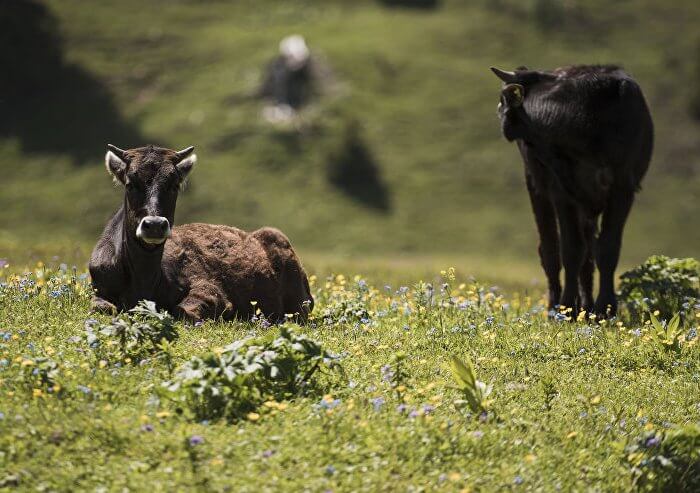
Cattle grazing
Also, cattle are driven out for grazing only when dew or moisture after rain on the grass is completely dry. If this rule is not followed, the animal develops tympania, which can result in the death of living creatures.
Attention! Be sure to install drinking bowls with a sufficient amount of drinking water in the stalls and at the place of cattle grazing. And it should be warm. This condition is especially important in winter. To maintain the optimum temperature, the drinkers must be insulated.
Hiring farm workers
Keeping cattle for meat requires high labor costs. Even with a small number of living creatures, it will not be possible to provide him with proper care on his own. Therefore, in the business plan, it is necessary to provide for the issue of hiring additional staff.
The staff of the farm assumes the following vacancies:
- shepherd;
- zootechnician;
- technologist;
- vet;
- workers to clean the cowshed.
Of course, a more specific number of employees depends on the size of the bull herd. In addition, you can save a lot if you do not hire a separate veterinarian, but arrange with a local specialist to periodically inspect the livestock and check products before sale.
Financial plan – income and expenses
An important point of the business plan is the calculation of costs and revenues. Opening a bull-calf farm for 20 heads involves the following costs:
- acquisition of a small land plot – 5 thousand rubles for each hundred square meters;
- construction of a barn suitable for the area with high-quality insulation – 100 thousand rubles;
- purchase of 20 heads of beef cattle – about 180 thousand rubles;
- feed for 20 bulls for a year – 200 thousand rubles.
As a result, taking into account the associated costs for salaries and other issues, the initial investment will be 600-700 thousand rubles.
It takes 12-14 months to fatten a bull to the desired weight. During this time, he is working up a weight of 450-500 kg. If we take into account that wholesale buyers take each carcass with such a weight for 40 thousand rubles, then the entire livestock can be sold for 800 thousand rubles.
Business profitability
Based on the obtained values of income and expenses, one can judge the payback and profitability of such a business. The farm pays for itself in 1-1,5 years. Moreover, after the sale of the first batch of cattle, the breeder will receive a net profit.
Based on these data, we conclude that the profitability of this type of entrepreneurial activity is at least 50%. If the entrepreneur has his own share, ready-made premises and other resources, this figure increases significantly.
Fattening bulls for meat as a business provides a significant benefit to the breeder. Opening a farm pays for itself within 1-1,5 years and begins to make a profit. In addition, if there is a pasture, there is an option to significantly save on the purchase of feed. But before implementing such a project, you should carefully familiarize yourself with the nuances of the activity and draw up a clear business plan that takes into account the main organizational points and profit calculations.
